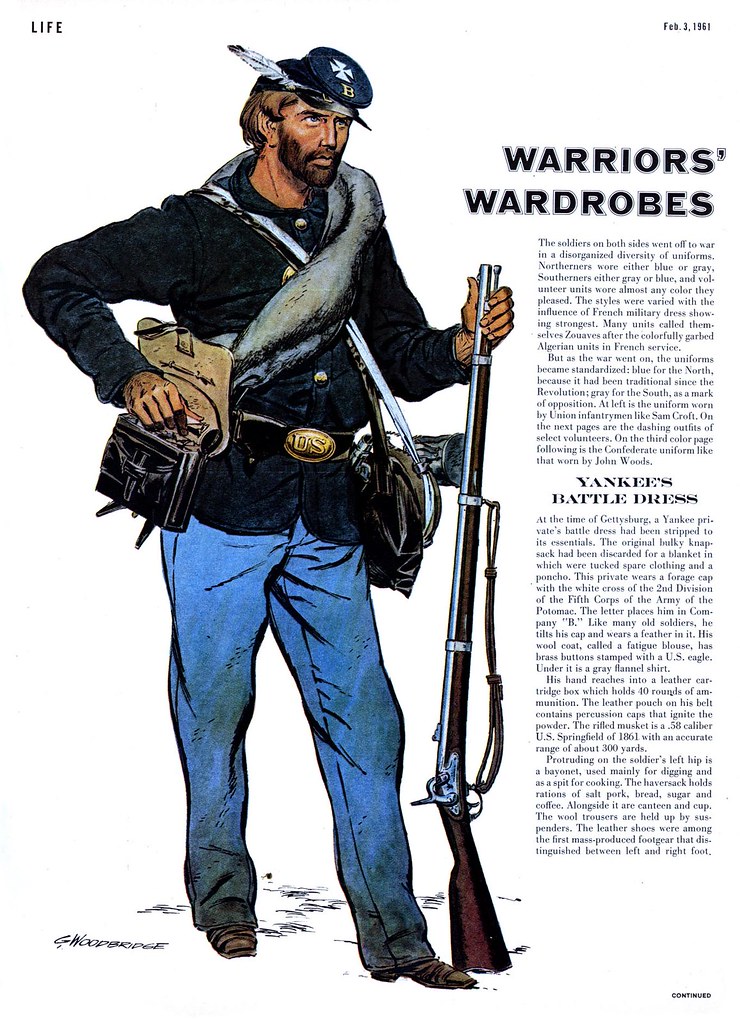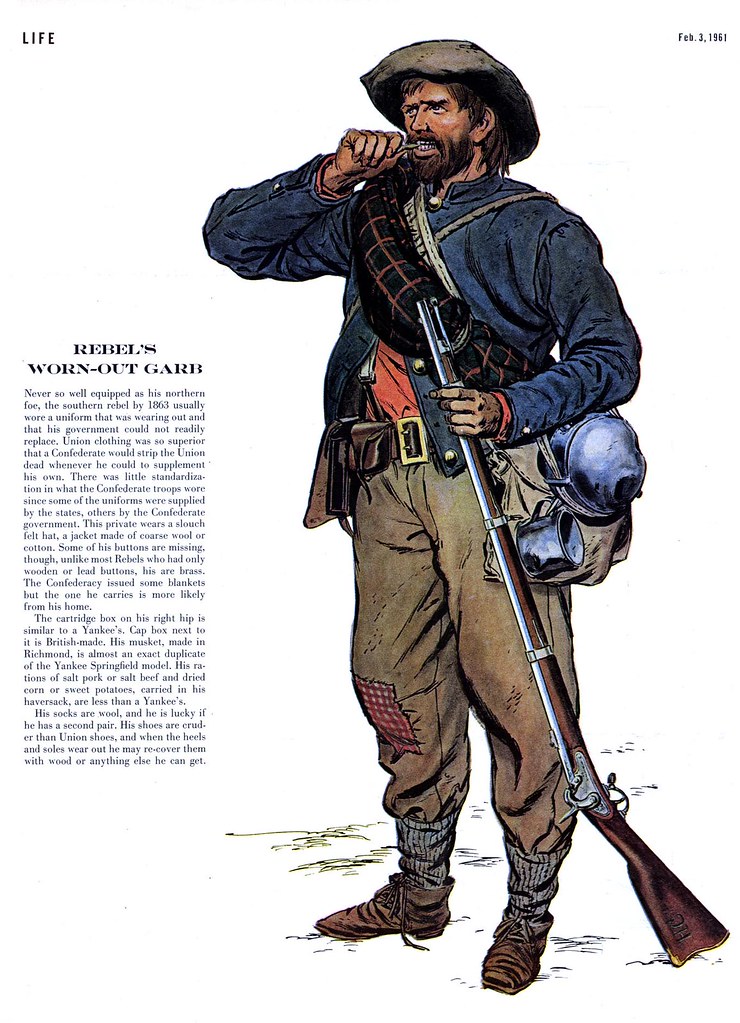
Harpers Ferry is an interesting place for a number of reasons. First, it is quite pretty. This is because it is a National Historical Park, so there are no Pizza Huts, McDonald's, Burger Kings, or even residents, at least in the lower, older part of town. Instead, you get restored or re-created buildings with plaques and interpretation boards, so it doesn't have much, or indeed any, real life, but it still has a certain beguiling, polished prettiness. You can see that it would be a truly nice place to live if only people could be trusted to reside there without succumbing to the urge to have Pizza Huts and Taco Bells ( and personally I believe they could, for as much as eighteen months), so instead you get a pretend town, attractively tucked between steep hills at the confluence of the Shenandoah and Potomac Rivers.

It is a National Historic Park because, of course, it is a historic place. It was at Harpers Ferry that the abolitionist John Brown decided to liberate America's slaves and set up a new nation of his own in northwestern Virginia, which was a pretty ambitious undertaking considering he had an army of just twenty one people. To that end, on October 16, 1859, he and his little group stole into town under cover of darkness, captured the federal armory without resistance (it was guarded by a single night watchman), yet still managed to kill a hapless passerby - who was, ironically, a freed black slave. When news got out that a federal armory of 100,000 rifles and a great deal of ammunition was in the hands of a small band of lunatics, the president, James Buchanan, dispatched Lt. Col. Robert E. Lee (at the time still a loyal Union soldier, of course) to sort things out. It took Lee and his men less than three minutes of fighting to overcome the hapless rebellion. Brown was captured alive, swiftly tried, and sentenced to be hanged a month hence.

One of the soldiers sent to oversee the hanging was Thomas J. Jackson - soon to become famous as Stonewall Jackson - and one of the eager onlookers in the crowd was John Wilkes Booth. So the capture of the federal armory at Harpers Ferry served as quite a neat overture for all that followed. Meanwhile, in the wake of Brown's little adventure, all hell was breaking loose. Northern abolitionists like Ralph Waldo Emerson made Brown a martyr, and Southern loyalists got up in arms, quite literally, at the idea that this might be the start of a trend. Before you knew it, the nation was at war.
This week; illustrations selected to accompany short passages from A Walk in the Woods © Bill Bryson 1997.
I noticed the signature read:
ReplyDeleteG. Woodbridge. Would that be George Woodbridge, one of the exemplary Mad Magazine artists of the 70s and 80s?
Good spotting skills, Shane - it is indeed the same George Woodbridge.
ReplyDeleteWell, waddya know!
ReplyDeleteHarpers Ferry is one of my favorite spots on earth. I lived and worked there for several years, and was involved in an incident Bryson describes in his book.
I have some reservations about his book, however, and will address the topic over in my own blog when I have a chance to run down to the library and reconfirm exactly what he said. Stay tuned!
I certainly will, Bob - I always enjoy your posts!
ReplyDelete